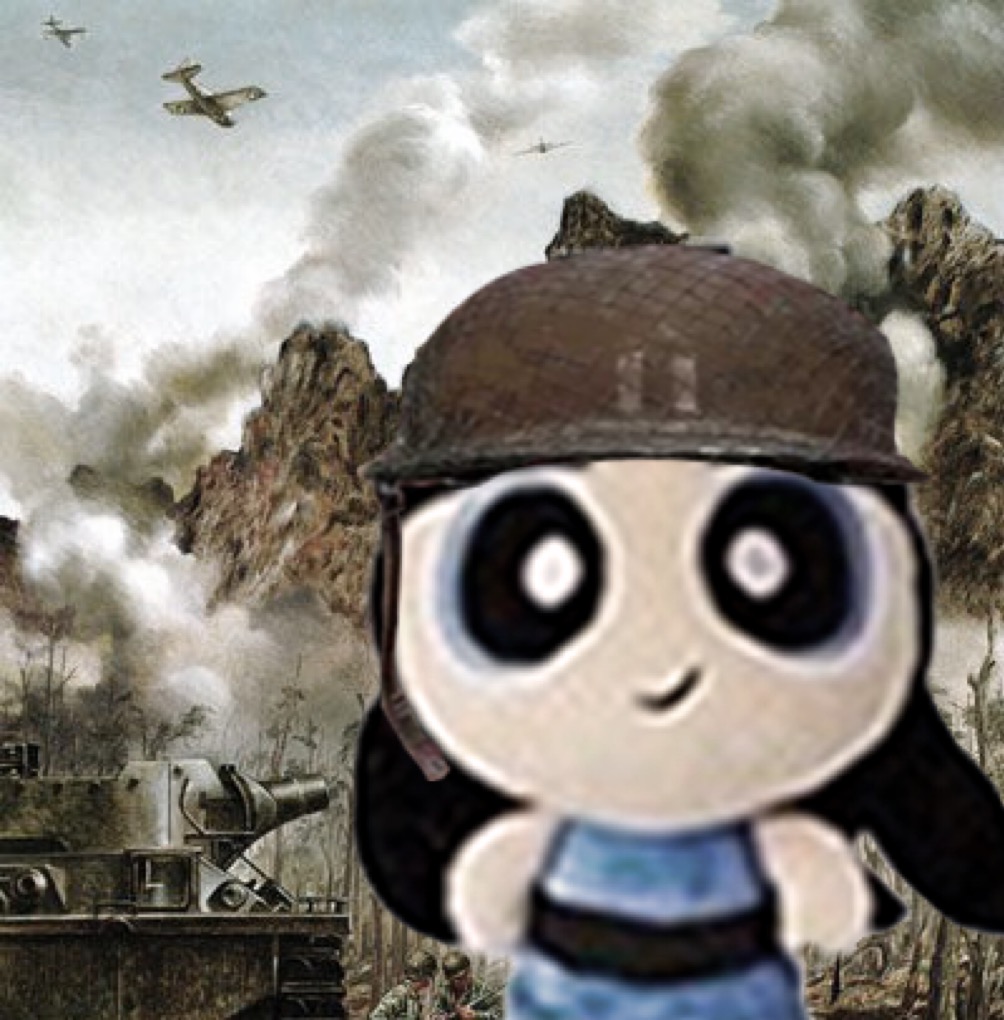Atoms
Cards (8)
- AtomBasic unit of matter and the defining structure of elements. It is the smallest particle of an element that retains the chemical properties of that element. Atom serve as the building block for all substances in universe
- ProtonsPositively charged particles. It is located in the nucleus. The number of protons determine the atomic number and identity of the element
- NeutronsNeutral particles or those without charge. It is also located in the nucleus. Neutrons combined to the atoms mass and can vary in number leading to different isotopes of an element
- ElectronsNegatively charged particles. The orbit the nucleus in regions called electron clouds or orbitals. The arrangements of electrons determine the atoms chemical behavior
- Atomic numberThe number of protons in an atom's nucleus which defines an element
- Mass numberThe sum of protons and neutrons in the nucleus
- IsotopesAtoms of the same element with the same number of protons but different numbers of neutrons
- ChargeAtoms are usually electrically neutral (# of protons = # of electrons). If electrons are gained or lost the atom becomes an ion (positively or negatively charged)
